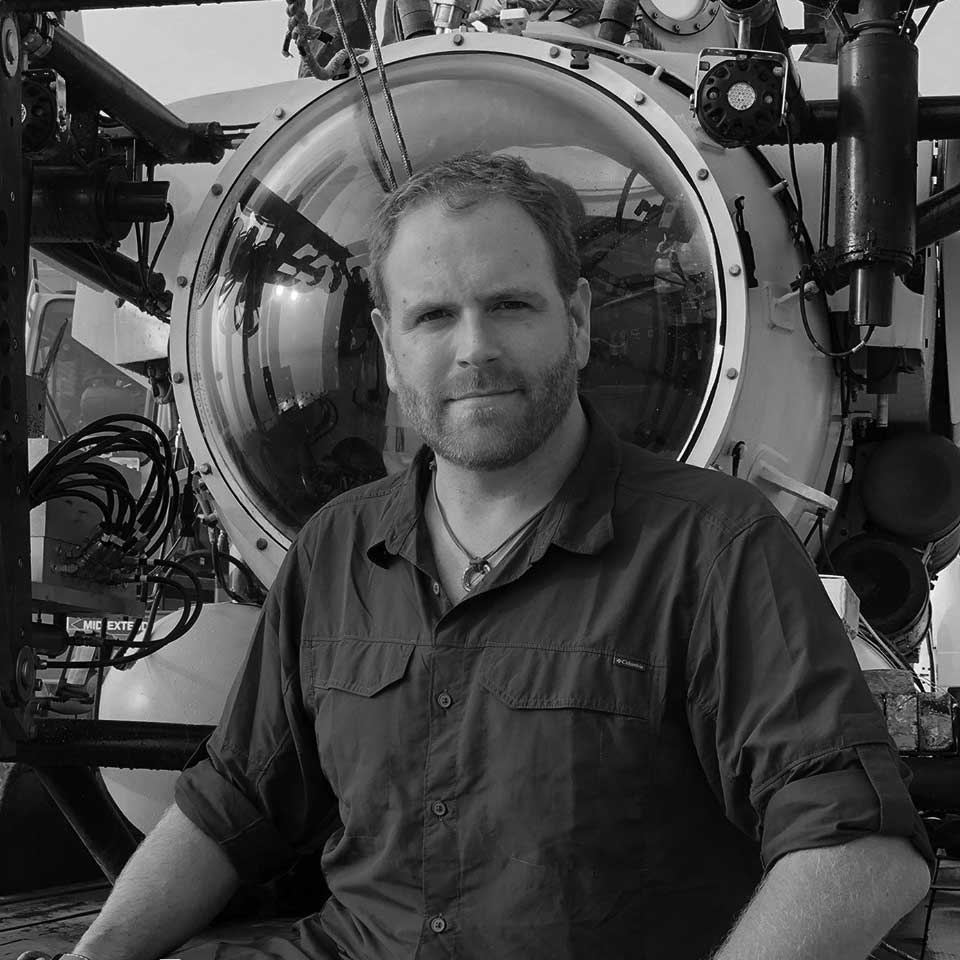Two ships lost in Mississagi Strait in 1890
MISSISSAGI STRAIT – The whereabouts of the wreck of famed explorer Lasalle’s ship Le Griffon remains a mystery, despite the best efforts of maritime historians, archaeologists and Josh Gates, host of ‘Expedition Unknown’ on Discovery Channel.
Le Griffon, dubbed the “Holy Grail of undiscovered Great Lakes shipwrecks,” disappeared on its maiden round-trip voyage in the year 1679. Many consider it to be the first ship on the Great Lakes. A search for its wreck was the subject of last Wednesday’s episode of ‘Expedition Unknown,’ part of which took place in the waters surrounding Western Manitoulin Island.
“Although we didn’t find the Griffon, it still advanced the search and went in one or two different directions that I didn’t consider in the past. I think it was very well worthwhile,” said maritime historian and author Cris Kohl, who was featured in the episode as an expert and a member of the dive team. His wife and writing partner Joan Forsberg also made an appearance, as the first expert interview which was conducted at Niagara Falls.
Le Griffon set sail from the Niagara River for points west, arriving near modern-day Green Bay, Wisconsin, on Lake Michigan. Lasalle left the ship at this point and sent the ship home with six crewmembers and thousands of dollars in furs. It was never seen again.
After interviewing Ms. Forsberg near Niagara Falls and sharing the back story of the misadventure, the show moved to northern Lake Michigan where a search resulted in visiting a previously-identified shipwreck.

The show then moved to Manitoulin Island for its conclusion, meeting Mr. Kohl and Underwater Archaeological Society of Chicago co-founder Valerie Van Heest at the William Purvis Marine Museum in Gore Bay. The two joined the rest of the show’s crew on the trip to Magnetic Reef, off the coast of Cockburn Island in the Mississagi Strait, in search of Le Griffon’s resting place.
“My wife and I could never get anybody to take us out there to Magnetic Reef to show us what it was like, because it’s a very dangerous body of water—I’ve been told by commercial fishermen that they avoid it like the plague,” said Mr. Kohl. “I welcomed the opportunity to go out there and see what these six square miles is all about. And it is extremely dangerous.”
Magnetic Reef has rocky outcroppings that either breach the surface or come up to two feet below the waterline, then immediately drop down to a depth of 30 feet. The bottom drops from the shore to past 100 feet deep in just 300 metres from land. The bottom is made up of shifting sands, which Mr. Kohl figures would have buried the wreckage by now, if it exists in the location at all.
The main identifier of the ship that would tell a diver whether or not they had found the right wreck is locating one of the two cannons or one of the five swivel-mounted guns that were aboard Le Griffon. Mr. Kohl maintains that he and his wife believe the ship would have wrecked on Magnetic Reef and drifted across the strait to the Mississagi Lighthouse area.
Although many have claimed to have found the wreck of Le Griffon, the vast majority have been thoroughly debunked. Despite Le Griffon remaining elusive, the search did bear some fruit in that the team discovered the wrecks of two ships in close proximity: the steamer Bruno and the tow barge Louisa. Both were wrecked on the same date in 1890, though no lives were lost.
“When we found the wreckage of the two shipwrecks, I knew it pretty much had to be those two. It’s the only case of two ships sinking at the same time that I was aware of,” said Mr. Kohl. “One did definitely look like a tow barge, and one had equipment that made it out to be a steamer.”
The episode ended on the underwater footage of the two wrecks, but Mr. Kohl said the show only touched upon the very tip of the content iceberg they had created during the filming process.
“I had no idea what they were going to present. In fact, I said to my son Jeff after, it looks like 95 percent of what they videotaped ended up on the cutting room floor,” he said, adding his disappointment that the Mississagi Lighthouse only appeared for a few seconds in one shot during the entire episode. The crew spent a considerable time in the area around the Mississagi Lighthouse and Campground, located on the Manitoulin side of the Mississagi Strait.
“The Discovery Channel team had approached the operators of the Meldrum Bay Lighthouse campground for lodging facilities in the park during their filming of this program. The staff of the campground were thrilled to have such an exciting event take place in Meldrum Bay. They set out to make these special visitors welcomed,” noted a letter to the editor from Marilyn Norris in the April 24 edition of this newspaper.
The Mississagi Lighthouse was also important in the original story of the ship’s alleged discovery many years ago; the lighthouse’s first keeper Albert Cullis learned of a shipwreck just north of the lighthouse. However, that wreckage drifted away in the mid-twentieth century and its whereabouts remains unknown.
Mr. Kohl said the film crew set up a base near the Mississagi Lighthouse for a whole day. Mr. Kohl, Mr. Gates and Ms. Van Heest took an ATV trip down dusty roads to get close to where the wreckage was last reported. They hiked through forests filled with poison ivy and got to the rugged shoreline where waves were smashing the shore harder than Mr. Kohl has ever seen in that location.
“I wish they could have had more on Manitoulin Island. There’s a lot more to the story,” said Mr. Kohl. “But I was basically happy with it.”
The crew also went into one of the shoreline caves where the skeletons had been found and Mr. Gates used a metal detector. He found a square-sided nail underneath a foot of moss, but this was much more recent than Le Griffon.
“I have to say thanks on behalf of my wife and myself. The people of Manitoulin Island have always made sure we had a wonderful time,” said Mr. Kohl, noting that he will be making a presentation at Kagawong’s history day event on August 8.
Although there were no conclusive answers after this search, Mr. Kohl and his wife still firmly believe that the Mississagi wreckage is the best claim of being Le Griffon.
“Nobody has got a clue as to what that wreckage could be if it wasn’t the Griffon. That’s a very important consideration, but I don’t know if we can say it is just by the process of elimination. It could still be a while,” he said.
Eagle-eyed viewers may have noticed Island photographer Peter Baumgarten in a few of the brief scenes depicting rose-tinted historical re-enactments. These scenes were shot in Wiikwemkoong last August.




